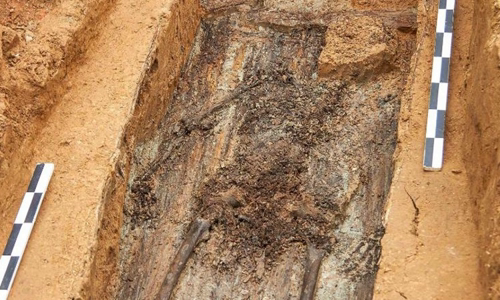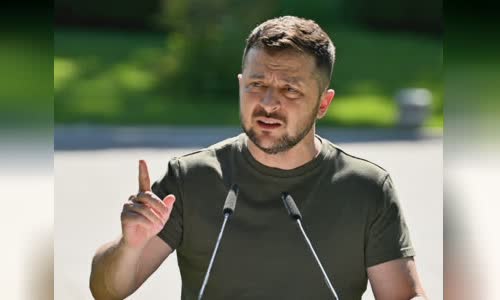The 200-year-old remains unearthed in Russia in July were identified as Charles-Etienne Gudin, a general under Napoleon Bonaparte.
"A professor in Marseille tested and DNA match 100%. This result is worthy of our efforts," said French historian Pierre Malinowski, the commander of the tomb excavation.

The remains of General Charles-Etienne Gudin were excavated in July in Smolensk, Russia Photo: AFP
A French and Russian archaeological team discovered a 200-year-old skeleton in July in the Russian city of Smolensk, about 400 km west of Moscow. The only one leg remains to be believed to be Charles-Etienne Gudin, one of Napoleon Bonaparte's generals.
Malinowski said that after unearthing the remains, he immediately took a suitcase containing the thigh bones and teeth of the remains on a plane from Moscow to Marseille to compare DNA with General Gudin's mother, brother and son from the catacombs. family in Loiret, central France.
Malinowski believes that General Gudin will be buried at Les Invalides, a historic complex of museums and military relics in Paris, where Napoleon's remains are kept.
While still alive, General Gudin was highly regarded by Napoleon. He died at the age of 44 due to gangrene after being amputated during Napoleon's failed invasion of Russia in 1812. His heart was taken to Paris by the French to buried in a chapel in the Pere Lachaise cemetery.
In June 1812, about 675,000 soldiers in the Grand Army army of the French emperor Napoleon set off to attack Russia. However, Napoleon suffered a disastrous defeat in this campaign. When he withdrew from Moscow in September, Napoleon's army was only about 100,000.



 RnzNaBhattarai
RnzNaBhattarai








